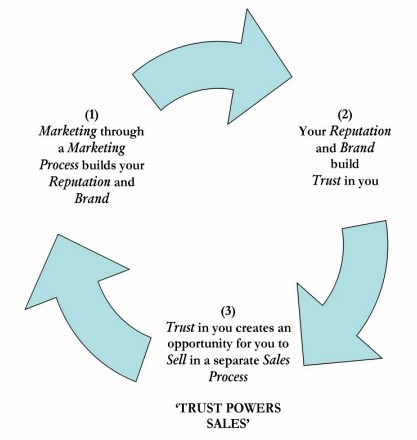I have been teaching at Strathmere
this week (IOE5100 Advanced Business Models)
and I trotted out the diagram I have been using since 2006 on why branding is
important. After six years of looking at it, I realized this week it is
incomplete.
Most
marketing texts will tell you that building a brand is important because, well,
it’s important. It’s about projecting an image of quality or humour, funkiness,
caring, sharing, efficiency, ruthlessness (if you are a litigation law firm,
for example), cutting edge, successful or whatever suits your organization. It
also enhances your reputation and, somehow, your bottom line. It’s about taking
mindshare in seconds, tenths of seconds or even hundredths of seconds which is
all you get from people in these busy times of sensory overload. A powerful
brand gives you extra leverage in negotiating better prices and terms from your
suppliers and channel partners, think Apple getting part of AT&T’s monthly
subscriber revenues for the launch of their iPhone as well as commanding higher
prices and client/consumer loyalty in their marketplace. All very cool.
It’s
nice to have a brand that does these things effectively. But this is not really
all that a brand does at the microscale of things. For years I have been
arguing that what really is happening is this: marketing builds a brand and
branding CREATES TRUST and trust creates an opportunity to sell IN A SEPARATE
SALES PROCESS.
So
my diagram looked like this for the last six years:

Can
you see what’s missing?
What’s
missing is the final link: marketing builds a brand and branding creates trust
and trust creates an opportunity to sell in a separate sales process AND SALES
GENERATES FUNDING TO DO MORE MARKETING.
So
now my slide deck shows it this way:
@ProfBruce,
Strathmere, Ontario, July 2012
Postscript:
It is useful to align your brand with a matrix of values. Chris Guillebeau in
The $100 Startup puts it this way– traditional demographics targets
clients/customers based on age, location, gender, race, ethnicity or income.
New demographics (called pyschographics) identifies market niches based on
common interests, shared beliefs/values/passions and skills that are
complementary. If you tie your marketing and indeed your business model to a
group of customers who hold common beliefs it will help you practice
invitational marketing rather than persuasion marketing, viz–

“Most of us like to buy, but we don’t like is to
be sold. Old-school marketing is based on persuasion; new marketing is based on
invitation,” Chris Guiilebeau.
Session expired
Please log in again. The login page will open in a new tab. After logging in you can close it and return to this page.